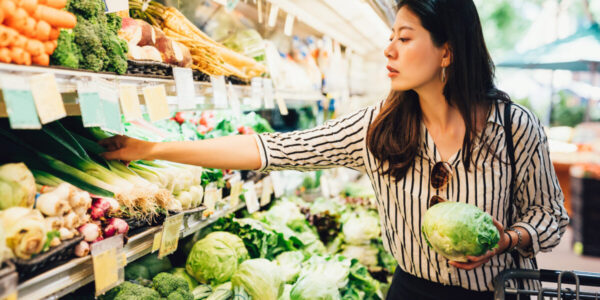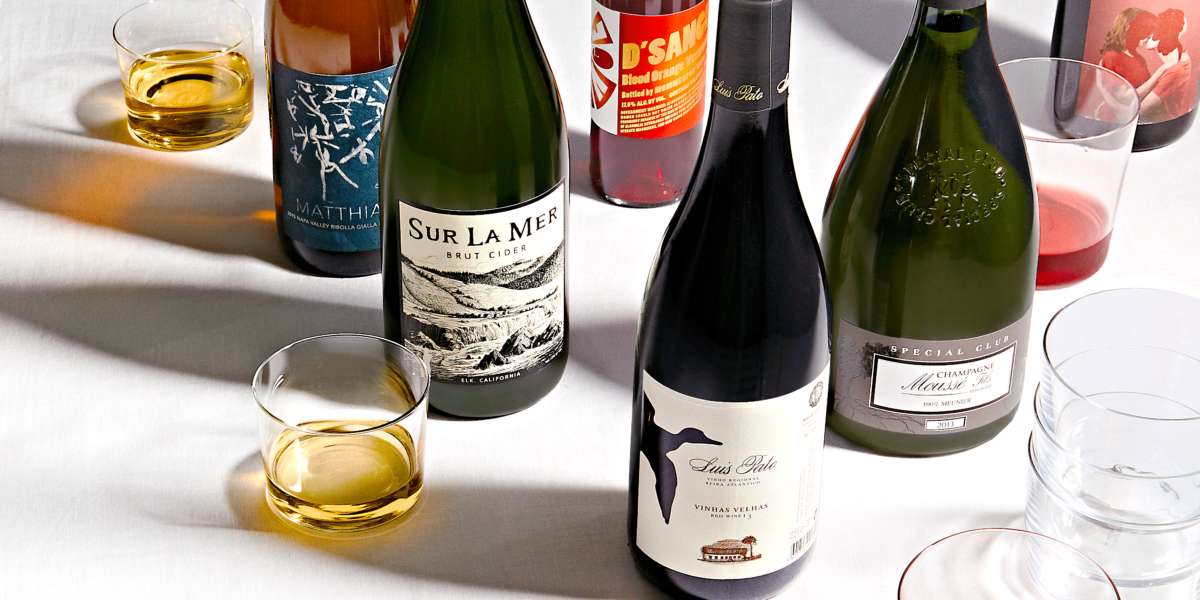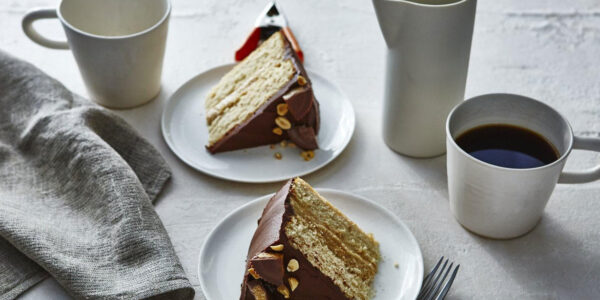
How to Choose the Perfect Wine for a Dinner Party
Spice up the dinner party with bottles that provoke conversation

If you’re like most people, getting an invite to a formal dinner—to which of course you’ll bring wine—probably triggers some anxiety, so you pull over at a random wine merchant or supermarket en route, scan the shelves for something impressive-looking yet affordable, and hope for the best. With any luck, your $12 Malbec with lots of cursive on the label will quickly disappear onto a side table full of other offerings, never to be seen again. But, what if the bottle you contribute could be the star of the meal? These suggestions and shopping strategies guarantee you’ll never bring a forgettable bottle to a dinner party again.
Get Weird
A gathering of friends is the perfect excuse to spring for those esoteric wines you’ve been meaning to try. Just heard a friend mention drinking something funky but awesome from France’s Jura region or the Republic of Georgia? Go for it. Wondering what this Italian grape called Ribolla Gialla is all about? Give it a try. Then there are the so-called “orange wines,” where white grapes are left to ferment on their skins and take on a deep amber color. The hefty bottlings provide an unexpected conversation starter alongside charcuterie.
Sure bet: 2016 Matthiasson Vineyard Ribolla Gialla (Napa Valley; $45).
Go Beyond the Grape
Slightly fizzy, with a marriage of sweet, salty, and just ever-so-sour, sparkling cider is often overlooked as a dinner companion. It shouldn’t be. For one thing, it appeals to beer and wine drinkers alike, making for an unconventional aperitif. Like sparkling wines, ciders come in many styles, from fragrant and delicate to bold and rustic. If you really want to get the lay of the land, a cider-only potluck is a tempting proposition.
Sure bet: Drew Sur La Mer Brut Cider (Mendocino Ridge; $18).
Play the Last Card
Everyone’s leaning back in chairs, and the plates and glasses are empty. Time to go? Not quite. Something sweet yet tangy and bright—like a dessert wine made from Riesling or Chenin Blanc, for example—doesn’t need cake or ice cream; it’s a treat by itself. If chocolate is making an appearance, bring an Italian passito red, in which the harvested grapes are air-dried to concentrate flavor and sugar. Opt for a nutty and aromatic sherry or a bottle of high-quality vermouth, which will aid in digestion and may make even the wine-shy drinkers happy.
Sure bet: Poe Vin D’Sange Vermouth ($20).
Ponder the Ages
A regal older bottle will often draw chatter at the table back in time to past gatherings and celebrations. Many reds are made for aging—Barolo and Bordeaux are benchmarks—but for vintage bottles that won’t break the bank, look to Spain and Portugal. Traditional producers there still often keep their wines for five years or more prior to release, and they’re some of the best values in the wine world.
Sure bet: 2013 Luis Pato Vinhas Velhas Tinto (Beira Atlântico; $30).
Make a Statement
Champagne is an ideal bottle to serve as the meal is starting—and not simply because it’s fashionable. Weaving toast and chalk notes with laser-like acidity, the classic French sparkling wine is addictively delicious. If in doubt, look for bottles labeled “Special Club.” They come from a select group of small producers that are essentially Champagne’s crème de la crème.
Sure bet: 2013 Moussé Fils Brut Blanc de Noirs Special Club (Champagne; $105).
Please the Crowd
Nearly everyone likes Pinot Noir: It’s silky, juicy, and extremely versatile with food. But its popularity means higher prices, while dozens of other light reds languish on store shelves, often at prices well below a Pinot of similar quality. Which ones? Well, Italian grapes like Schiava and Pelaverga and Frappato, for starters. In France, wines from the Beaujolais region fill that same niche. Speaking of, the grape behind Beaujolais—Gamay—is a current hit with both Oregon and California winemakers.
Sure bet: 2017 Jolie-Laide Barsotti Vineyard Gamay (El Dorado County; $30).
